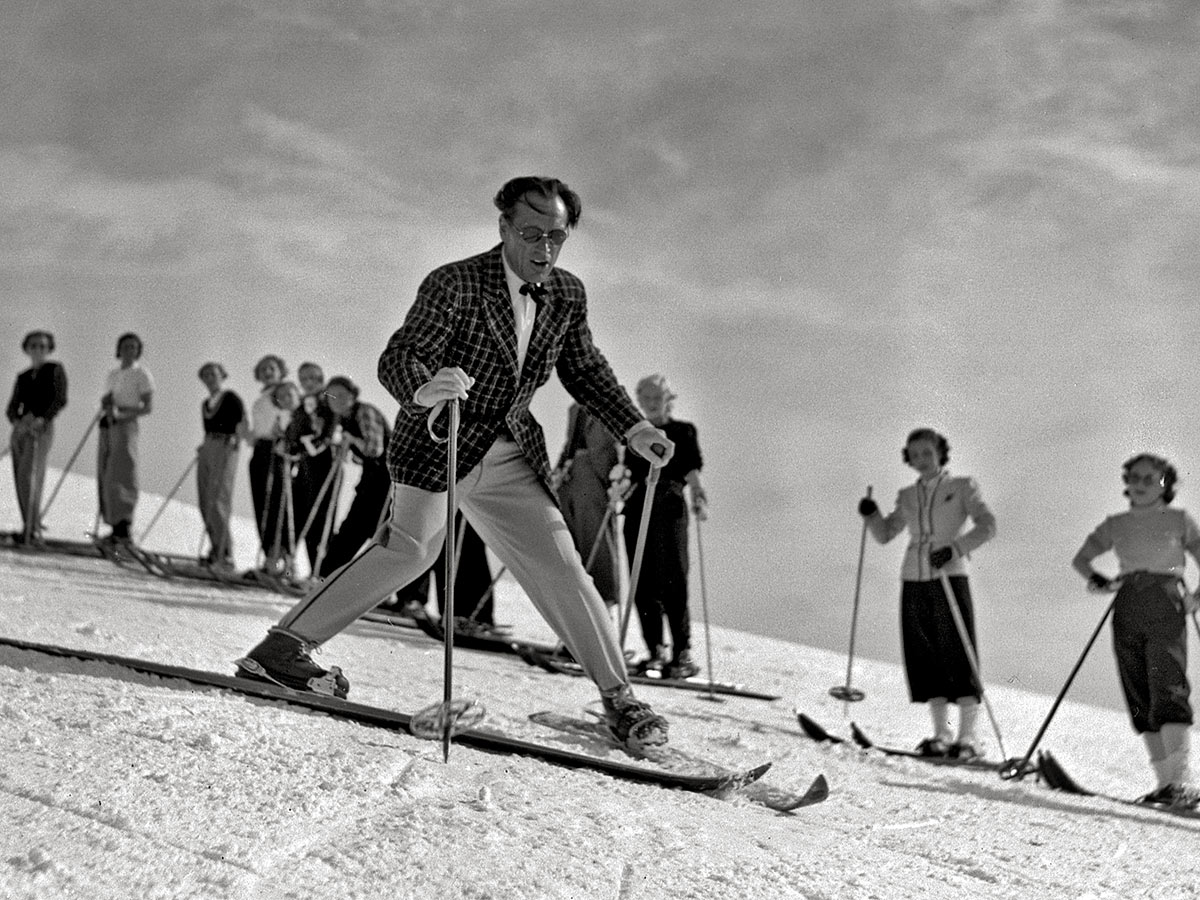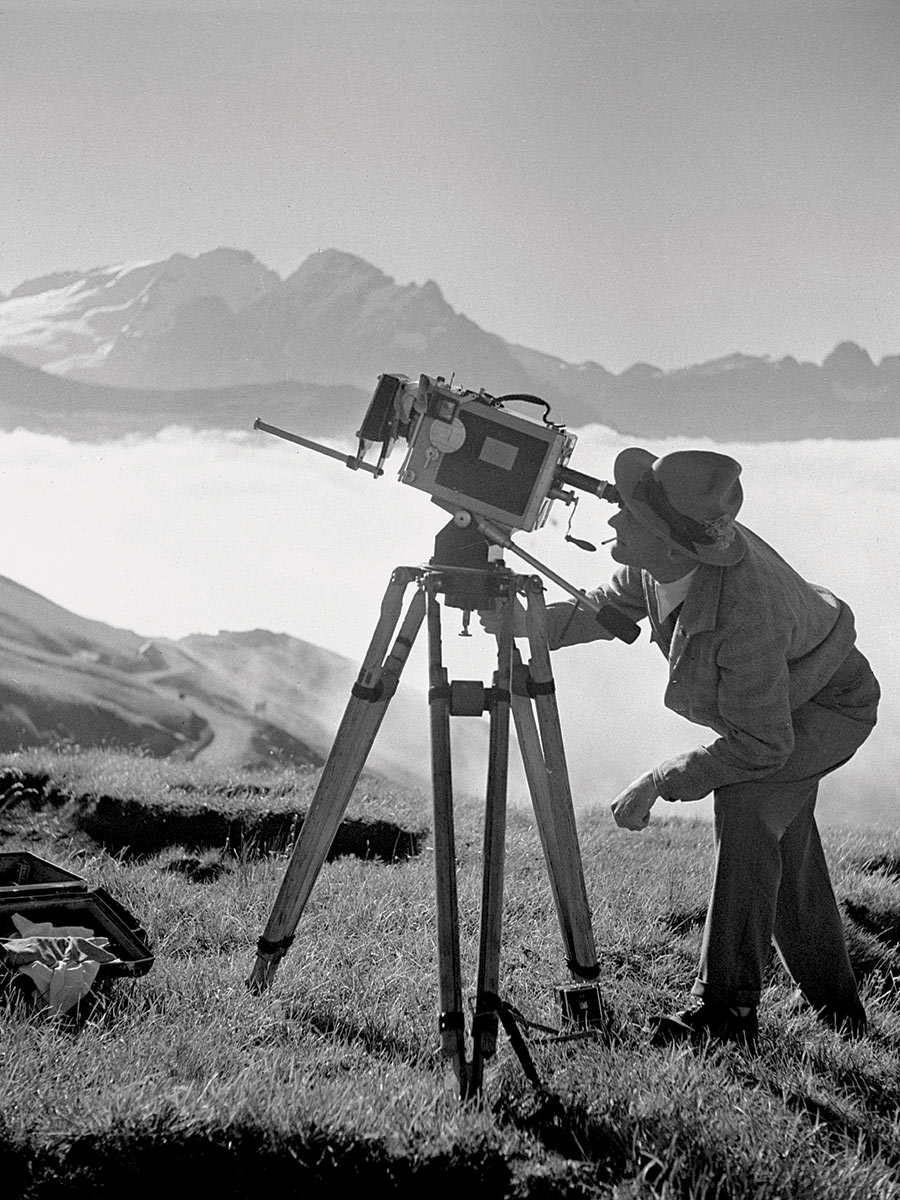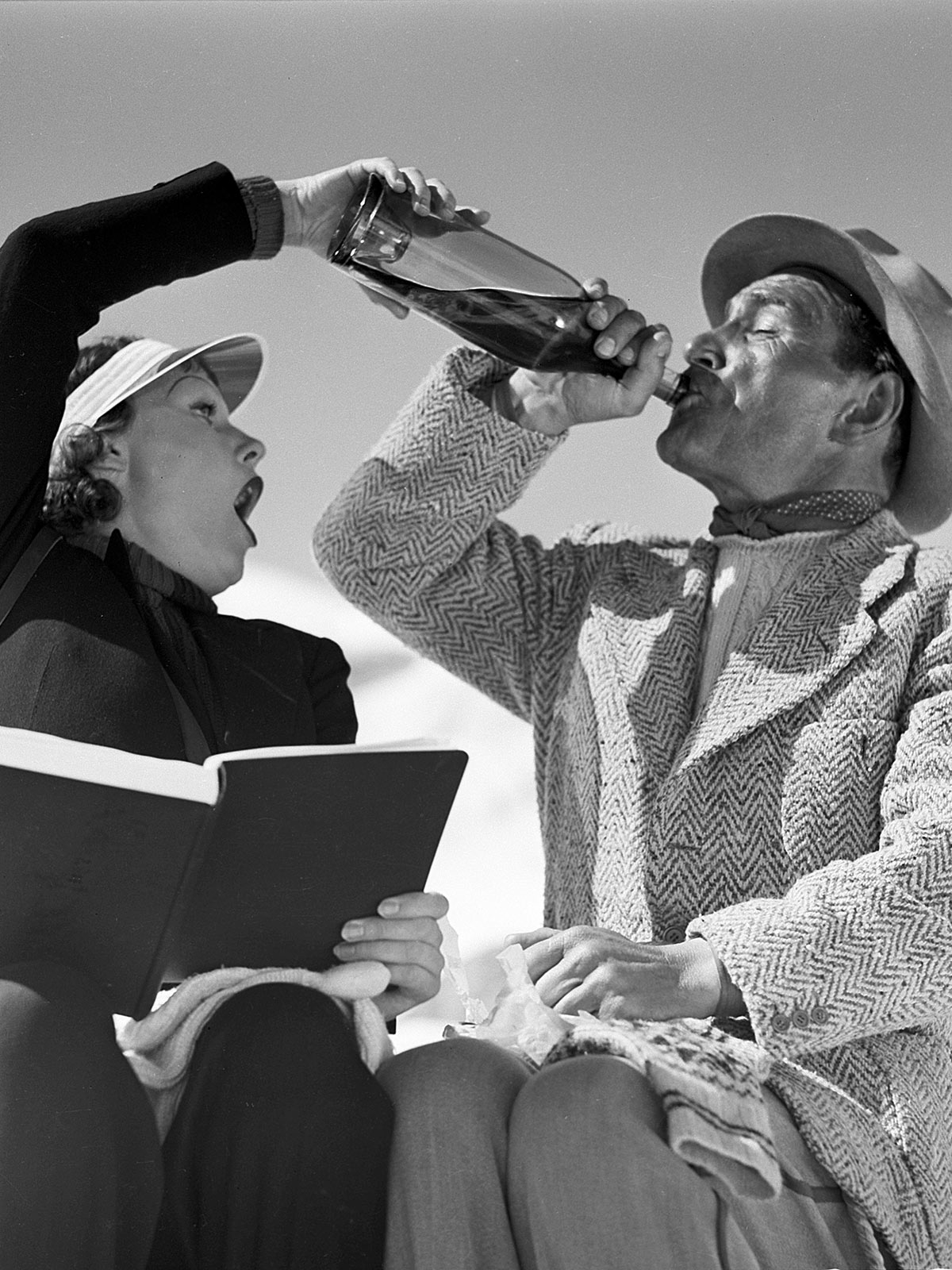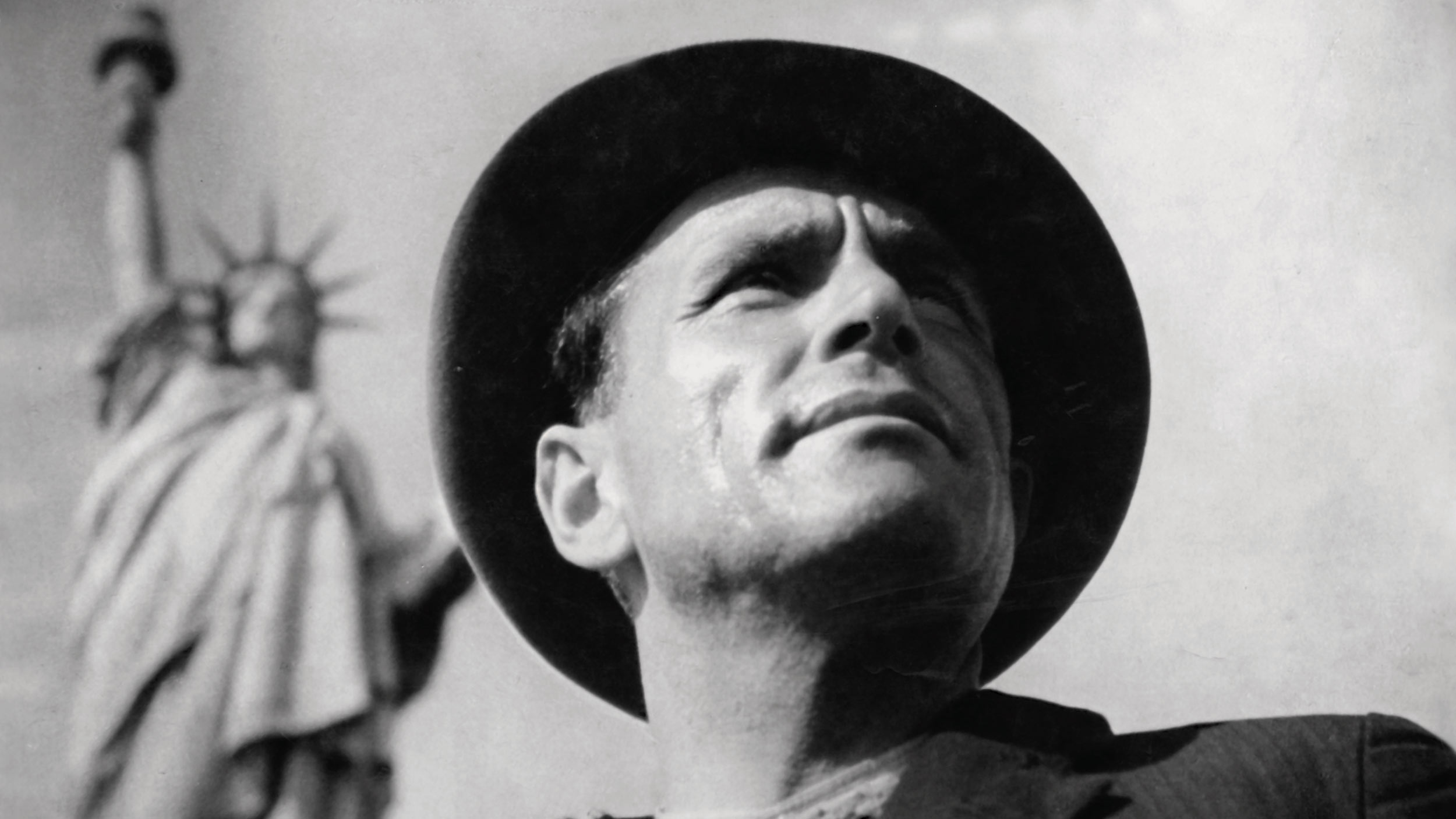
1892
Alois Franz Trenker is born the son of a painter and sculptor in St. Ulrich, Gröden (South Tyrol). Thanks to the diversity of the culture where he grows up, he speaks not only the local South Tyroloean dialect but also Ladin, a rare and very local language.
1912
Luis Trenker attends secondary school in Innsbruck, where he learns Italian as a foreign language. This is also the point at which he discovers his love for and bond with the mountains, and in his free time works as a mountain and skiing guide.


1914-1918
During World War I Luis Trenker starts off fighting on the Austro-Hungarian side in Galicia, while in the mountain war, he is deployed in the Dolomites as a mountain guide against the Italian army. By the end of the war he has been promoted to the rank of lieutenant.
1921
Arnold Fanck hires Luis Trenker to act in his film ‘Mountain of Destiny’, as the principal actor is susceptible to vertigo and is unwilling to clamber about in the mountains. Luis Trenker discovers the world of the movies for himself and finds himself drawn to acting.


1924
Luis Trenker completes his architecture studies in Graz and opens an architect’s office in Bolzano together with Clemens Holzmeister. Alongside his work, he remains physically active and in this year he joins the Italian bobsleigh team in the Winter Olympic Games.
1927
A new Italian law prescribes that only Italian academic qualifications are recognised, making Luis Trenker’s work as an architect difficult to pursue. He therefore decides to focus more and more on his film activities.


1928
Luis Trenker makes his debut as a director in the silent film ‘Struggle for the Matterhorn’. This mountain drama is concerned with the first-time ascent of the Matterhorn by two competing climbers.
1935
Luis Trenker conquers Hollywood with his film ‘The Emperor of California’ with its spectacular setting in the Western desert.
His greatest film success to date comes in 1938 with ‘The Mountain Calls’, and in the same year he releases ‘Love Letters from Engadin’, a comedy of errors set against a wintry backdrop.
‘Trenker’s film goes beyond a purely mountain-climbing performance to become a symbol of the tension between people and nature’. (from Heyne Filmlexikon, 1996)


1950
For all the breadth of his activities, the mountains of his home region remain Luis Trenker’s preferred backdrop for his films. His film ‘Duell in den Bergen’ helped Marianne Hold gain a foothold in the film world and is another of Trenker’s masterpieces. The book of the film followed in 1951, with which he proved himself also as a writer.
1960
Luis Trenker shifts his focus increasingly to documenting the South Tyrolean landscape and its unique flora and fauna on local television. From 1967, he began to appear on TV also as a teller of tales. In ‘Luis Trenker erzählt’ he describes the experiences of his life in an entertaining manner.


1974
Luis Trenker participates in the founding of the German writers’ association 'Freier Deutscher Autorenverband' in Bavaria, which sets literary milestones. From the 1980s onwards he concentrates increasingly on the subject closest to his heart: the protection and preservation of the unique natural setting of South Tyrol.
1990
Luis Trenker dies in Bolzano at the age of 97 and is buried in the family grave at St Ulrich in Gröden. In his memory the parish of St Ulrich created the Luis Trenker Promenade.

